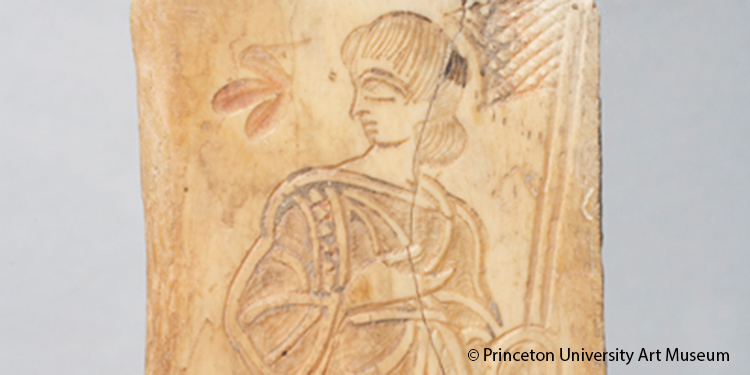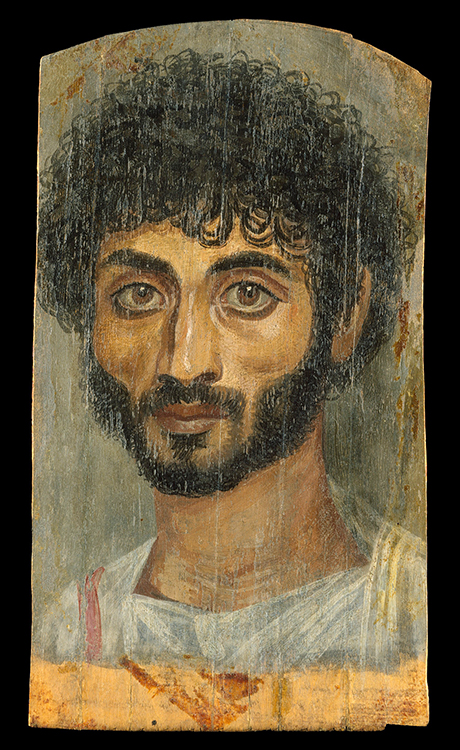History and Society of Greco-Roman Egypt









Greco-Roman Egypt - a "special" piece of antiquity?
The teaching and research profile of Basel's Ancient History is essentially shaped by research on Greco-Roman Egypt. With the conquest by Alexander the Great in 332 B.C., Egypt together with large parts of the Near and Middle East became part of the extended Greek cultural area. Here, the Greek-Macedonian dynasty of the Ptolemies (323-30 BC) first established itself as the immediate successor to Alexander. Their last representative, Cleopatra VII, was finally defeated by the troops of Octavian, later Emperor Augustus, in the midst of the turmoil of the Roman Civil Wars. Egypt became a Roman province in 30 BC and, apart from a few brief episodes, remained a part of the Imperium Romanum for the next almost 700 years until the Arab conquest in 642 AD.
A window into the ancient world
Apart from its individual rich and eventful history, Greco-Roman Egypt occupies a special position among the cultural areas of the ancient world mainly due to its unique source material, for hundreds of thousands of papyri have been preserved from here! Papyrus - to a certain extent the "paper of antiquity" - was used throughout the ancient Mediterranean region for written records of all kinds until the advent of rag paper in the 8th century AD.
Of particular importance for historical research are the so-called documentary papyri: texts that were intended for everyday life and which therefore none of the ancient or medieval scholars ever considered worthy of being handed down. These texts tell us about ancient people beyond Plato, Caesar, and Augustine - about the 99% of the population who did not write books and about whom no ancient writer reported. In this respect, papyri are akin to other documentary source genres (such as inscriptions or coins), but they penetrate even more directly into the individual lives of broad segments of the population.
The historical value of the papyri
The historical value as well as the appeal of working with papyrological sources can be illustrated by an oft-cited example: imagine a modern wastebasket with all the everyday notes and supposed trivia it contains, but which are illustrative of the society at hand: Shopping lists, tax returns, draft letters, memos, perhaps even printed pages for a book or the like - this is exactly what the papyri show us. In contrast to the "traditional" literary sources, which mostly present us the world of thoughts of the elite, the papyri therefore allow us to gain insights into the professional and social life of broader strata of the population.
Above all, we see documented in them thousands of individual fates of ordinary people, about whom we otherwise hardly learn anything with comparable vividness. The spectrum of texts is as broad as ancient life and includes, for example: the loan contract of a farmer who is in debt for the purchase of a country estate; the letter of a son to his father, which announces the joy of a near celebration; a marriage contract; or the note of a civil servant who complains in coarse language to his colleague about the common superior. Other, supposedly "dry" texts, such as meter-long rolls of land registers and countless tax receipts worded almost word-for-word, tell us much about how pre-modern communities organized themselves at the local level.
These invaluable documents have been preserved only in Egypt (as well as in very isolated places in the Near East), mainly due to climatic conditions, as the organic material is very fragile and has been comparatively well preserved by the hot and dry desert sand. However, similar texts were written millions of times each year in the Greek cultural area and throughout the Roman Empire, and the relevance of the knowledge gained from the papyri beyond Egypt, especially for the other provinces of the Roman Empire, has been impressively underlined, especially in recent decades.
Thus, many phenomena and developments are revealed to us in Greco-Roman Egypt about which we have less or almost no information from other ancient regions. Particularly valuable, moreover, is the unique amount of comparative material through which the papyri enable us to gain at least a rudimentarily representative picture of an ancient society . Hundreds of thousands of papyri have survived and today rest in numerous collections around the world - the largest of which are in Cairo, Oxford and Vienna. While the stock of literary sources known today remains by and large constant, the vast majority of papyri are still completely unexplored and promise new insights on an ongoing basis!
Researching Greco-Roman Egypt in Basel
The location of Basel offers unique conditions for students and researchers to dedicate themselves to this subject area. Not only do numerous young as well as established researchers work in Basel, but also several ambitious and successful research projects have been established at the department in recent years through national and international funding, which also allow students to actively participate and gain first insights into research practice. Conferences and workshops have already attracted numerous experts and young scholars from all over the world to Basel. Finally, courses are offered every semester on Greco-Roman Egypt as well as on basic papyrological work, but papyrological sources naturally also play an important role in broader seminar topics - for example, on ancient everyday history, early Christianity, family history, economics, or ancient demography.
In terms of infrastructure, the Department of Ancient History, which is part of the Department of Classical Studies, offers a wide range of opportunities for cooperation with neighboring disciplines, especially Egyptology, Classical Archaeology, and Greek Studies. In addition, the department's home building on St. Peter's Square in Basel houses the most extensive library of ancient history in the German-speaking world. Last but not least, Basel also has its own papyrus collection, which includes the oldest known private Christian letter in the world, and maintains close cooperation with neighboring collections, especially in Strasbourg and Geneva.
